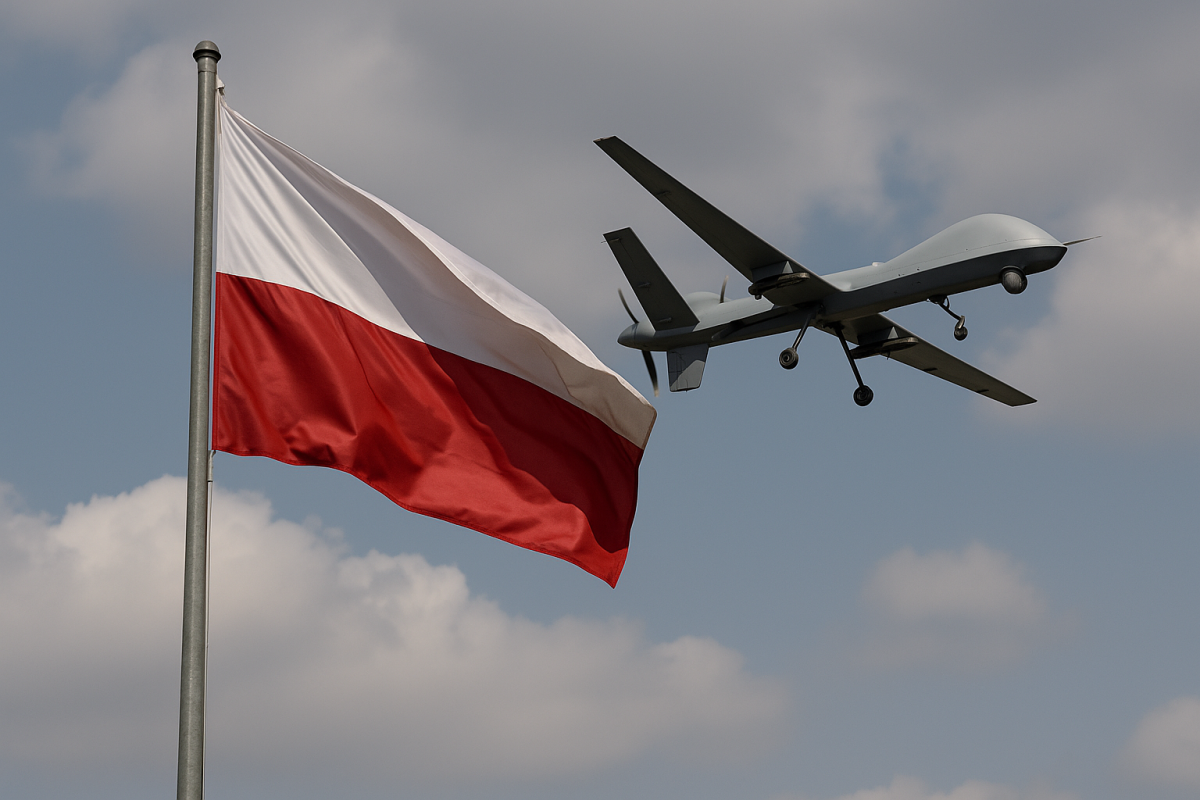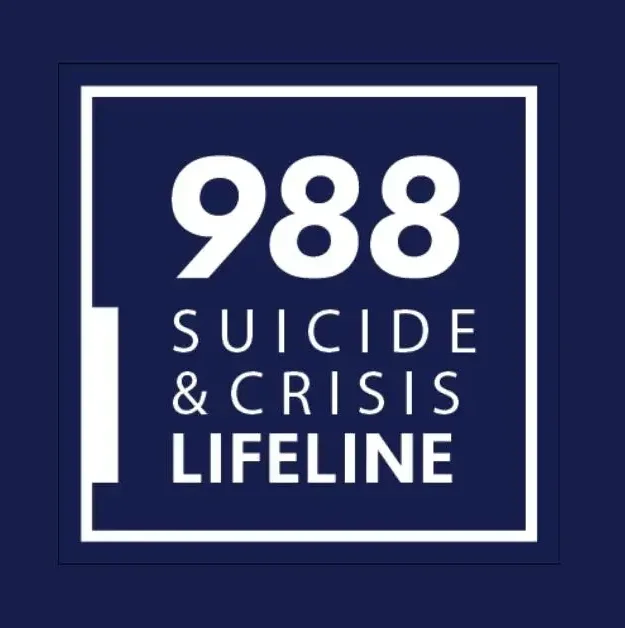Tensions between Poland and Russia escalated on Sept. 9 when multiple drones entered Polish airspace during an overnight attack on Ukraine. Polish officials described the incident as a violation of national airspace and labeled it an act of aggression.
This is not the first reported drone incident. In 2023, authorities investigated a suspected Russian drone found in a Polish cornfield. While those circumstances were unclear, officials said the most recent incursions represented an immediate threat.
Russia denied targeting Poland, stating its strikes were directed only at Ukraine. Russian officials also suggested the drones lacked the range to enter Polish territory. Belarus, an ally of Russia, issued its own statement attributing the incursion to navigational error, calling it an unintended incident. Despite those explanations, Poland moved forward with invoking Article 4 of the North Atlantic Treaty Organization (NATO).
Poland is one of NATO’s 32 members. During the Sept. 9 incident, NATO forces assisted in intercepting drones over Polish territory. Article 4 provides a mechanism for member nations to consult when one believes its territorial integrity or security is under threat. Invoking Article 4 does not authorize military retaliation. It differs from Article 5, which obligates collective defense in the case of a direct attack on a member nation. Article 4 has been invoked only a handful of times, including by the United States following the Sept. 11, 2001, attacks.
Analysts have debated whether Russia’s actions were deliberate, potentially aimed at testing NATO’s response and coordination. Regardless, Polish leaders have urged citizens to remain calm, emphasizing that no direct attack on Poland was carried out.
The consultations under Article 4 allow NATO members to discuss the incident and determine next steps, underscoring the alliance’s role in monitoring security in Eastern Europe.































